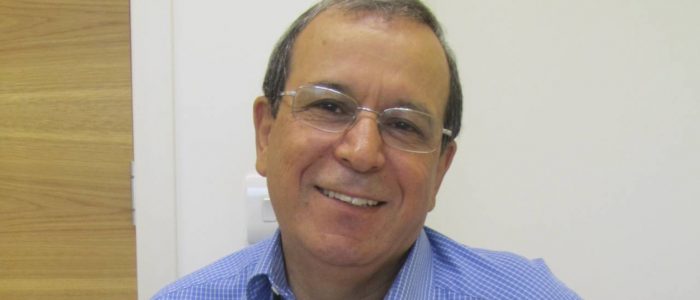Forth Valley Doctor’s New Book Sheds Light on Childhood Headaches
A leading children’s doctor at Forth Valley Royal Hospital is the editor of a new book which could help medics around the world diagnose childhood headache. NHS Forth Valley Consultant Paediatrician Dr Ishaq Abu-Arafeh says it is important to recognise that headache is prevalent in around 60% of children, predominantly girls, and around 20% of schoolchildren complain of headache more than once a week.
This book aims to raise awareness among clinicians of the different types of headache that children may suffer from. Although migraine and tension type headache are common, there are many other types of headache that can be difficult to diagnose and sometimes difficult to treat. Children are increasingly suffering from types of headache that were thought to be exclusive to adult patients such as chronic daily headache and headache due to excessive use of painkillers.
The book, which has taken two years to produce, contains 31 chapters written by well known experts in the field from all over the world Dr Abu-Arafeh says the impact of headache on a child’s school attendance, education, family and social life continues to be universal, but unfortunately it is poorly recognised or under-reported in many parts of the world:
I have a long interest in headache. For the past 20 years I have been researching the condition and holding a clinic for headache at the Glasgow’s Royal Hospital for Sick Children in Yorkhill, although we do see a lot of children here in Forth Valley Royal Hospital. Why the interest in headache? These sorts of things choose you, rather than you choose them. I suffer from migraine myself and I suppose that gives you an extra incentive.”
The first seven chapters deal with the background to headache and the important topic of headache and quality of life. It also stresses the importance to clinicians, of taking a careful history, including family history. Other chapters highlight the relevance of ‘red flags’ in alerting physicians to the possibility of brain tumour. There is also an extensive reference to migraine and its dietary management.
Headache and migraine can sometimes be difficult to describe by young children, but drawing is shown to be very expressive. Dr Abu-Arafeh dedicated one chapter of the book on children drawings of their feelings during migraine attacks. One child drew a face of two halves; one half normal looking and the second half pale with a huge ear to represent noise becoming annoying, and a small eye because of the light intolerance. This image was chosen for the front cover.





